How do I choose a VRF system? – Multiline Group of Companies
Due to their ability to support various applications in indoor spaces, ductless and variable refrigerant flow (VRF) technologies are growing in popularity. Several characteristics and advancements related to these technologies are now incorporated into the building industry’s new knowledge. Let’s learn a few factors when choosing a VRF system.
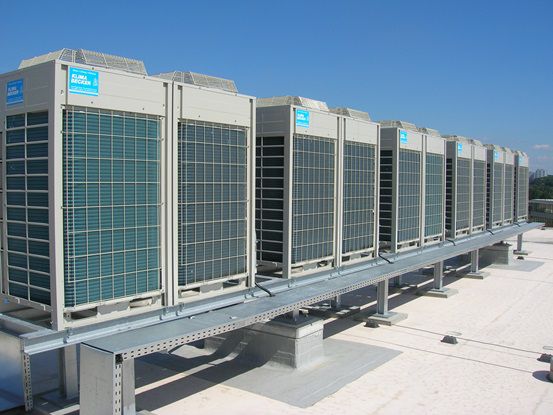
- Space usage: For instance, the chosen heating and cooling systems should be compatible if a design calls for a reading room with sedentary activity by a small number of users. After construction is finished, however, if the owner redesignates this area as a computer lab, customers may find that the cooling in that area is insufficient. In this situation, it is necessary to revise the calculations and HVAC requirements completely.
- Part-load conditions: There are greater operational hours for both systems in milder, part-load circumstances, even if we may choose the cooling capacity for the warmest expected day and the heating capacity for the coldest day. Greater occupant comfort, lower space humidity, and higher energy economy are all benefits of choosing a heating and cooling systems such as VRF and ductless that vary the capacity and fan speeds to exactly match the requirements of certain part-load circumstances.
- Impact of ventilation air: Consider ventilation air when calculating heating and cooling loads. We must consider how ventilation air—which may be hot and humid in the summer and chilly in the winter—will affect the environment.


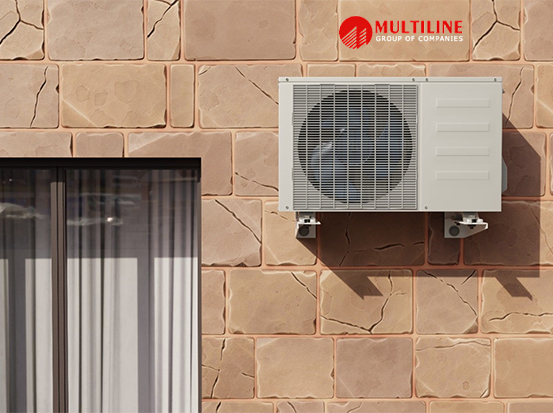










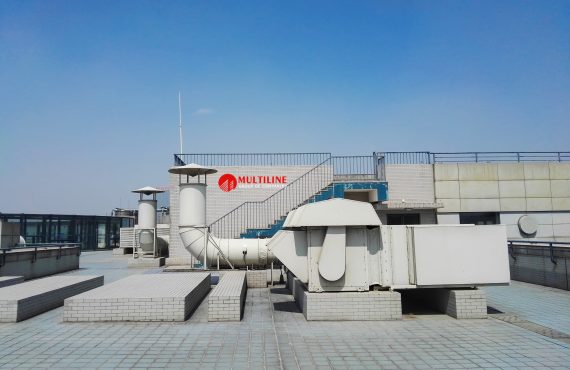
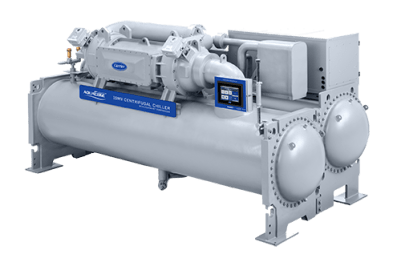


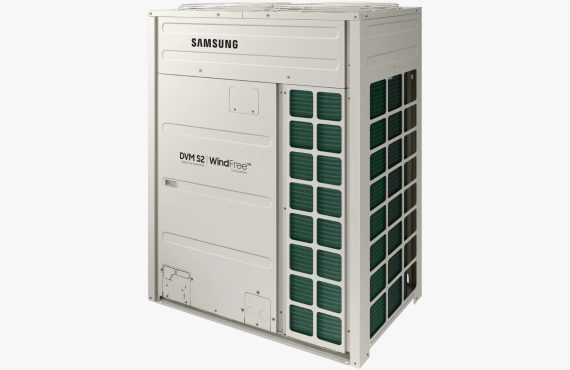
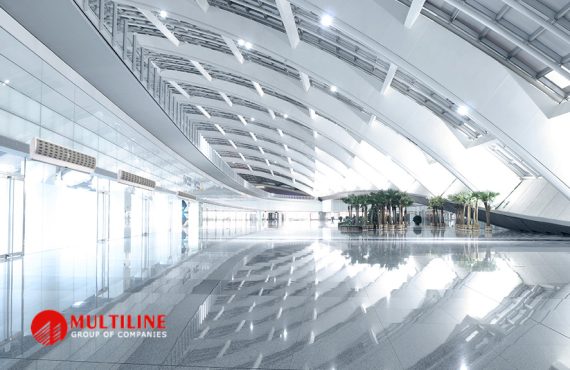
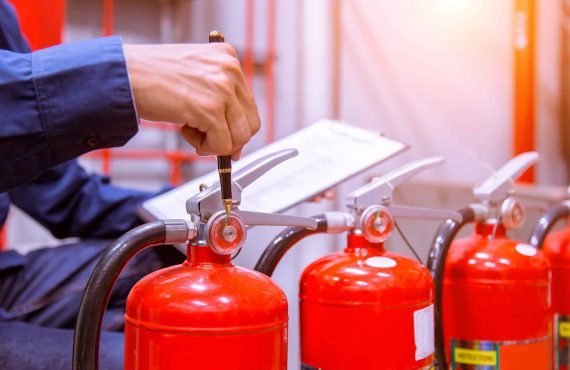
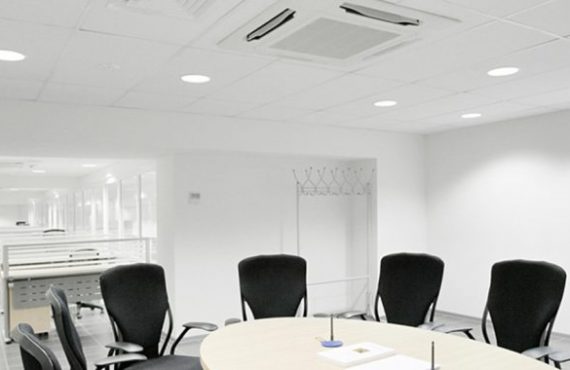
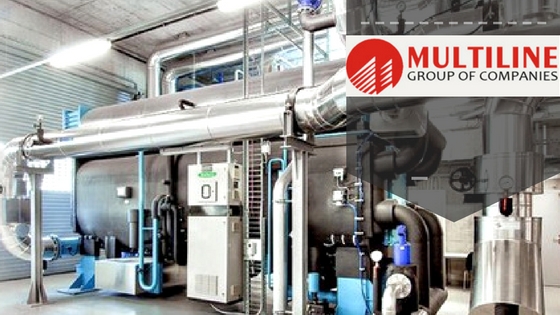

No comments yet.